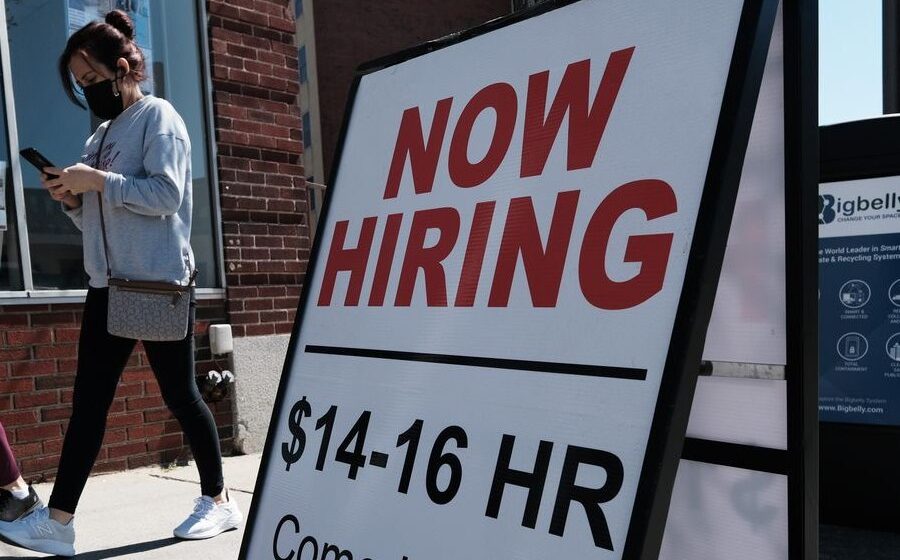Central Queensland business owner Karla Way-McPhail is looking for 80 new employees, but a nation-wide worker shortage means she is struggling to find anyone.
“Coal miners, we’re certainly looking for people in the hospitality industry, we’re looking for trainers, we’re definitely looking for baristas,” Ms Way-McPhail said.
It’s an increasingly common situation for many businesses that are now battling a perfect storm of worker shortages and rising operating costs in a post-pandemic world.
Ms Way-McPhail, who owns several businesses in mining and hospitality, said before the COVID-19 pandemic the greatest number of jobs she had available at any one time was about 12, but the job market had changed drastically.
“We’re not getting the number of applicants that we used to get, and we’re certainly not getting a skilled applicant pool,” Ms Way-McPhail said.
“We’re experiencing rapid increases across all of our key areas of fuel, insurance, and energy.
“All of them combined together is extraordinarily difficult and I think this would be the greatest pressure I’ve seen financially on businesses to sustain operations.”
Profitability weak
The Chamber of Commerce and Industry Queensland (CCIQ) Pulse Report for the June 2022 quarter showed general business conditions improved largely as a consequence of stronger sales and revenue.
But operating and labour costs reached new record highs and profitability was weak.
The report found rising interest rates and energy costs also contributed to the fall in business confidence in the Queensland and national economies.
“We’ve seen through the pulse survey that retaining and recruiting employees is the number one constraint on businesses’ ability to grow … and that’s been the case for quite a few quarters now,” CCIQ policy and advocacy manager Cherie Josephson said.
“We’ve seen the labour shortage just steadily increase over the last couple of years.
“Obviously, the pandemic was a major instigator of the labour crisis but moving forward what we’re seeing is a really competitive labour market.
“We’re seeing a lack of applicants for jobs and we’re also seeing the applicants don’t necessarily have the skills or the qualifications that businesses are needing.”
Ms Josephson said general uncertainty was impacting businesses’ ability to employ staff.
“We’re seeing workforce availability impacted by illness,” she said.
“We’re also seeing in some areas housing, the affordability of housing and the availability of housing also impacting on staff availability in the area.
“So there’s a number of different factors impacting and contributing to this labour crisis that we’re in.”
She said there needed to be short and long-term solutions to support businesses through the next 12 months and improve business confidence.
“We know that in the next three months, over 60 per cent of businesses are expecting to need to increase wages or salaries in order to retain and attract new staff,” Ms Josephson said.
“In September, there will be the national Jobs and Skills Summit, so [I’m] really looking forward to conversations as to what those short and long-term solutions and support for business will be.”
Stronger student pathways needed
Ms Way-McPhail, who runs trainee and apprenticeship programs through her business, said one potential solution to the current worker shortage was better investment in student pathways.
“I think our biggest issue is the transition between the schools to the workforce and that link between giving our school students a pathway … we’ve really got to look strongly at our apprenticeship and traineeship programs,” she said.
“We’re not preparing our students for work and we really need to look at traineeships and apprenticeships.”
Ms Way-McPhail said it was important employers also invested time and training in their current employees so they found more value and appreciation in their work.
“On-the-job training is really important, just investing in people once you get them there,” she said.



